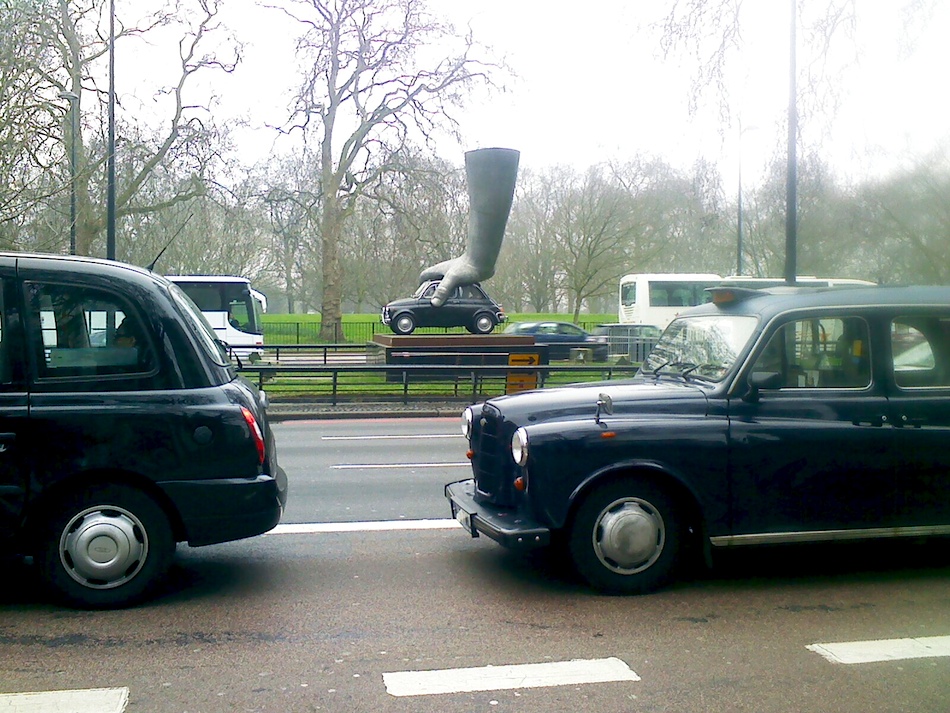CRUSHING DEATHS, CRUSHING LIVES: We seek not immortality (as if one lifetime is not more than enough!!) or happy afterlives (we yield not to bullying and blackmails by institutions); we fear not death, but life itself, and how we are living/running it.
As we run inter-dimensionally across Life 1.0 and Life 2.0, we run in the chaosmos of mortality and immortality. Traversing backwards and forwards between living-subject-to-death and never-dying, the inter-dimensional runner is able to get best of both worlds. In such a setup, life and death become a multidirectional circle. Living or running in such a circle, any existential angst can be extinguished: we live (each) life to the fullest and cease fearing death. Instead of mourning for the dead, we sing, as Zhuang Zi (Chuang-Tzu) did after the death of his wife. ‘If I were to follow after her bawling and sobbing, it would show that I don’t understand anything about fate.’[1] Zhuang Zi looked at his wife’s death as another stage of life, as a continuation from ‘the time before she was born’ (which itself was a stage after ‘the time before she had a body’, which was in turn after ‘the time before she had a spirit’.) For him, ‘just like the progression of the four seasons, spring, summer, fall, winter,’ death is merely ‘another change’. As Sinologist Norman Girardot explains, the initiatory symbolism of returning to the condition of either infancy or death echoes the cosmic return to the chaos condition.[2] In this mixed, third condition, infancy and death are ‘symbolically equivalent’. This is the Dao’s (Tao’s) creatio continua. When a man dies, ‘he goes to his rest, rises again to his zenith’. This ‘return to the beginning’ after our death is ‘the ultimate harmony’, and is the chaosmos of mortality and immortality that the inter-dimensional runner is able to enjoy.
Daoist (Taoist) expert Kristofer Schipper observes that these notions (life and death as circular, and death as transformation and renewal) are clearly embodied in Lao Zi (Lao-Tzu) himself, as well as the mythological circumstances of his birth. Across literature such as the appropriately-named Book of Laozi’s Transformation and Book of Endless Mutations of Laochun (another name for Lao Zi) and so on, the Old Master says: ‘I transform my body, passing through death to live again… I die and am reborn, and each time, I have a [new] body.’[3] True to form, Lao Zi is said to have gone through nine transformations before he was born, and was hence born already an old man. Yet another example of these ‘continuous mutations, this joyful changing according to time’s cycle and the nature of things’, is the story of how the ‘Old Child’ was an orphan free of baggage, knowing ‘neither parents nor children, neither lineage, nor country’, and ‘no tomb nor holy relics’.[4] In yet another version of the story of his birth, the ‘Old Lord’ was said to be ‘his own mother’. The theme of the juxtaposition of life and death is most poetically encapsulated in the version that says that Lao Zi’s mother died ‘[at] the sight of her offspring.’[5] In the ‘brief moment between birth and apotheosis’, it is said that the Mother ‘reveals to her child the secrets of the art of immortality, of that ‘Long Life’ which the Old Child has just experienced in his mother’s womb’. Where there was ‘neither birth nor death’, a complete cycle of the cosmos was accomplished.’ To the Daoist, death and life are but ‘2 phases of a cycle’, with an ‘alternation analogous to that of yin and yang’.[6] All the stories of Lao Zi’s birth point to the same thing: that the ‘organic round of life and death’ is but a ‘rite of passage’ that ‘constantly involves moments of growth and regression, security and danger.’[7]
Yet, even though death is not considered as an ‘ill’ in Daoism, but as ‘only one phase of the total process of human life in time’,[8] prominence is still placed on achieving a good quality of life before death. This is where the notion of yangsheng – the preservation of life and nourishment – returns. In fact, the emphasis is not only on a good journey before life, but a good long distance journey before death, with longevity and, as an extension of that, immortality as the aims of yangsheng. Indeed, Schipper goes so far as to say that it is legitimate to ‘link the classic works (the book of Zhuang Zi and the Dao De Jing [Tao Te Ching]) as do the Daoists themselves, to the search for immortality […].’[9] While there are mystical elements (as we have seen in the case of Lao Zi for instance, who was said to have lived for thousands of years), the Daoist concept of immortality is primarily focused on everyday reality, through real-life practices including medicinal science and physical exercise, as we have already established at the beginning of this Chapter. Hence, when we run inter-dimensionally, in the chaosmos of Lives, not only do we run to-and-fro the circle of life and death, we also ensure that, before dying, we run a good, long distance life.
[1] Zhuang Zi, ‘The Complete Works Of Chuang Tzu’, Terebess Asia Online (TAO), trans. by Burton Watson <http://www.terebess.hu/english/chuangtzu2.html> [accessed 13 January 2011].
[2] Girardot, N. J., Myth and Meaning in Early Daoism: The Theme of Chaos, Three Pines (Three Pines Press, 2009), p. 126.
[3] Schipper, Kristofer, The Taoist Body (University of California Press, 1994), p. 116.
[4] Schipper, p. 166.
[5] Schipper, p. 122.
[6] Schipper, p. 37.
[7] Girardot, p. 5.
[8] British biochemist and Sinologist Joseph Needham 1974, 77?84, quoted in Girardot, p. 5.
[9] Schipper, p. 15.


